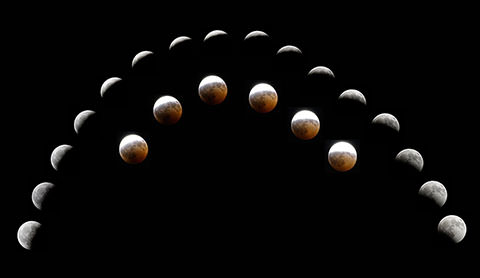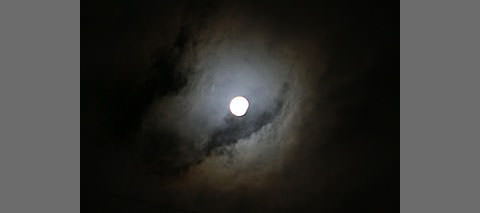 A partial lunar eclipse was visible on New Year’s Eve, December 31, 2009. It was the last and largest of four minor lunar eclipses in 2009. This lunar eclipse is also notable, because it occurred during a blue moon (a second full moon in December). The next eclipse on New Year’s Eve and blue moon will occur on December 31, 2028.
A partial lunar eclipse was visible on New Year’s Eve, December 31, 2009. It was the last and largest of four minor lunar eclipses in 2009. This lunar eclipse is also notable, because it occurred during a blue moon (a second full moon in December). The next eclipse on New Year’s Eve and blue moon will occur on December 31, 2028.
Only a small portion of the Moon entered the Earth’s umbral shadow, but there was a distinct darkening visible over the Moon’s southern surface at greatest eclipse.
A blue moon is an additional full moon that appears in a subdivision of a year: either the third of four full moons in a season, or a second full moon in a month of the common calendar.
The phrase has nothing to do with the actual color of the moon, although a literal “blue moon” (the moon appearing with a tinge of blue) may occur in certain atmospheric conditions: e.g., when there are volcanic eruptions or when exceptionally large fires leave particles in the atmosphere.
Owing to the rarity of a blue moon, the term “blue moon” is used colloquially to mean a rare event, as in the phrase “once in a blue moon”.

